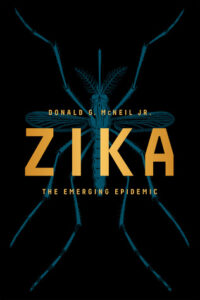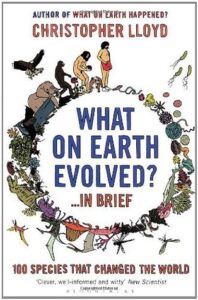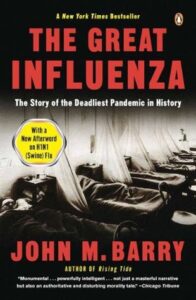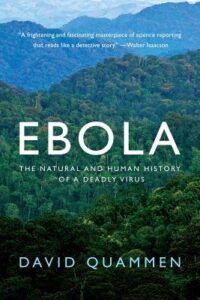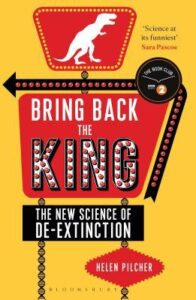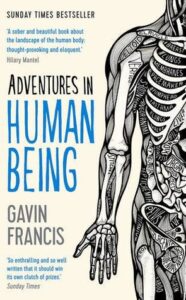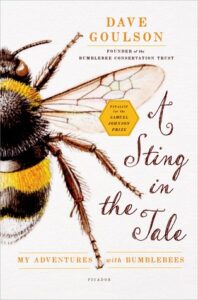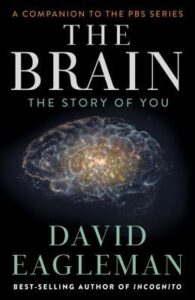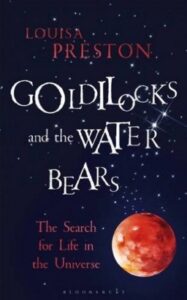 Goldilocks and the Water Bears, Louisa Preston
Goldilocks and the Water Bears, Louisa Preston
The best thing about the book is that title. It’s just inspired. Unfortunately, it’s also misleading; actual tardigrades are covered in about three pages, buried in the middle of the book. Most of it is about the search for other life in the universe, what it might look like, where we might find it, and how it might survive. Granted, the blurb does say that, calling it “a tale of the origins and evolution of life, and the quest to find it on other planets, on moons, in other galaxies, and throughout the universe.” But still, I’d hoped for tardigrades to be a little more central, or at least more relevant than just another example in a litany of living creatures which can tolerate extreme conditions (or rather, what would be extreme from our point of view). At the very least, I was hoping for a survey of where in our solar system tardigrades could happily live. You can extrapolate that, but… I just wanted more water bears, okay?!
In terms of the writing, there are two especially irritating habits: one is a constant grammar failing, where the start of the sentence doesn’t agree in number with the end, and the other is an unfortunate habit of italicising key words in a way which gives the sentences really weird emphases. Sometimes names are randomly italicised, sometimes not. It’s not consistent and at the same time, it’s so pervasive as to be distracting.
(E.g. in the sentence above, Preston would have written, “There is two especially irritating habits”. No! That’s not… No! I can’t remember if she ever actually did it while stating a number as in that sentence, admittedly, but she would use “is” when there were two or more things being stated. No!)
The actual content is fine, if you weren’t hoping too much for more info on tardigrades. It’s a pretty workmanlike exploration of the concept of the Goldilocks zone and how it might help us identify suitable planets that are not our own.
Rating: 3/5
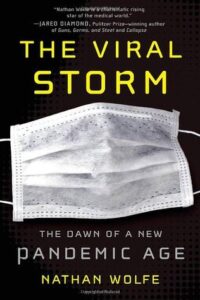 The Viral Storm, Nathan Wolfe
The Viral Storm, Nathan Wolfe
